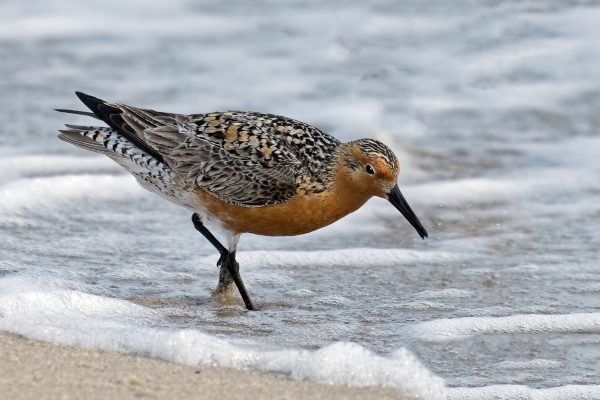Offshore Wind
Home » Our Markets » Energy & Power » Renewable Energy » Offshore Wind
Offshore wind development faces many challenges, including agency and public concern about ecological impacts. WEST’s approach for tackling these challenges includes agency-approved survey protocols combined with rigorously designed field assessments and analytical tools for assessing ecological risk.
An ecological concern facing offshore wind energy project development is potential impacts to marine mammals and fisheries. Our biologists and statisticians have extensive experience designing projects and analyzing data, including surveys of marine mammals and large-scale fisheries, studies examining the effects of disturbance on marine mammal behavior, and comprehensive assessments of ecological and collision risk models that produce quantitative predictions of the likely collision fatality rates of federally listed species in offshore environments. WEST is at the forefront of utilizing new technologies, including machine learning/artificial intelligence, automated radar systems, high-definition cameras, and acoustic monitoring devices.

